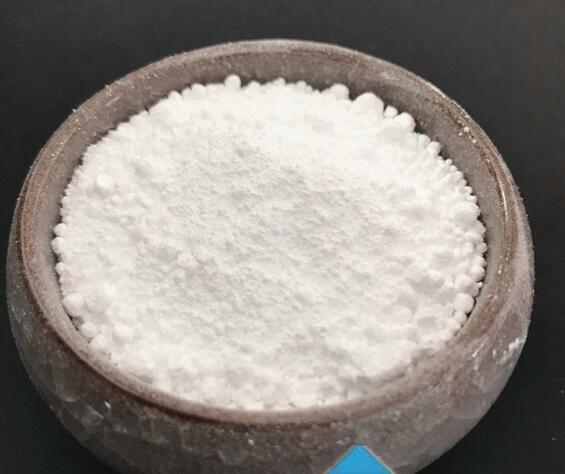The difference between food grade magnesium hydroxide and ordinary magnesium hydroxide: the difference in chemical properties

In the food industry, pharmaceutical industry and daily necessities, we often come into contact with magnesium hydroxide (Mg(OH)₂). However, there are significant differences between ordinary magnesium hydroxide and food-grade magnesium hydroxide. 1. Basic characteristics of ordinary magnesium hydroxide
Chemical purity
Ordinary magnesium hydroxide is usually in the form of anhydrous salt, with low chemical purity and contains a large amount of impurities. Its purity is mainly determined by crystallinity and impurity content, and can usually reach a purity of more than 95%.
Purity and stability
Ordinary magnesium hydroxide has high purity but poor stability. It is easy to decompose into hydrogen, water and magnesium oxide at room temperature, and the purity of the product is also low. This characteristic is relatively rare in practical applications.
Storage condition requirements
Ordinary magnesium hydroxide needs to be strictly stored at room temperature, otherwise it is easy to decompose; in addition, it is not recommended to use ordinary magnesium hydroxide directly in high temperature environments.
Stability
Ordinary magnesium hydroxide has poor chemical properties and is easy to react with acids, alkalis and other substances to generate salts and water. It has low purity and is easy to accumulate impurities.
2. Characteristics of food-grade magnesium hydroxide
High purity
Ordinary magnesium hydroxide claimed to be "food grade" is usually in the form of anhydrous salt, with a chemical purity of more than 98% and extremely low impurity content. Its chemical stability is far superior to that of ordinary magnesium hydroxide.
Chemical purity
The purity of food-grade magnesium hydroxide is much higher than that of ordinary form. Its purity mainly depends on the crystallinity and impurity content, and can usually reach a purity of more than 99.99%.
Storage and preservation conditions
Ordinary magnesium hydroxide claimed to be "food grade" is suitable for strict storage at room temperature and does not require high temperature treatment. Its stability is much higher than that of ordinary form and is suitable for long-term environmental use.
Stability
Food-grade magnesium hydroxide has high purity, excellent chemical stability, is not easy to react with other substances to form salt or water, and has good storage performance and application stability.
3. Application scenarios
Food industry
In the process of food processing, food-grade magnesium hydroxide is often used to prepare food additives, seasonings, etc. Its high purity and stability make it one of the ideal raw materials.
Pharmaceutical Industry
Food-grade magnesium hydroxide is widely used in the production of liquid medicines in pharmaceutical factories. It has high purity and good stability, which can meet the requirements of high-quality medicines.
Industry
In the process of metal smelting, food-grade magnesium hydroxide is often used in ironmaking, steelmaking and other processes. Its high purity and stability make it perform well in practical applications.
Ordinary magnesium hydroxide is suitable for use at room temperature, but its chemical purity is low, it is easy to react with other substances, and the storage conditions are required to be high. Food-grade magnesium hydroxide has excellent chemical purity and stability, and is suitable for application in a longer environment. Whether it is the food industry or the pharmaceutical industry, food-grade magnesium hydroxide has good performance characteristics and can play an important role in practical applications.








